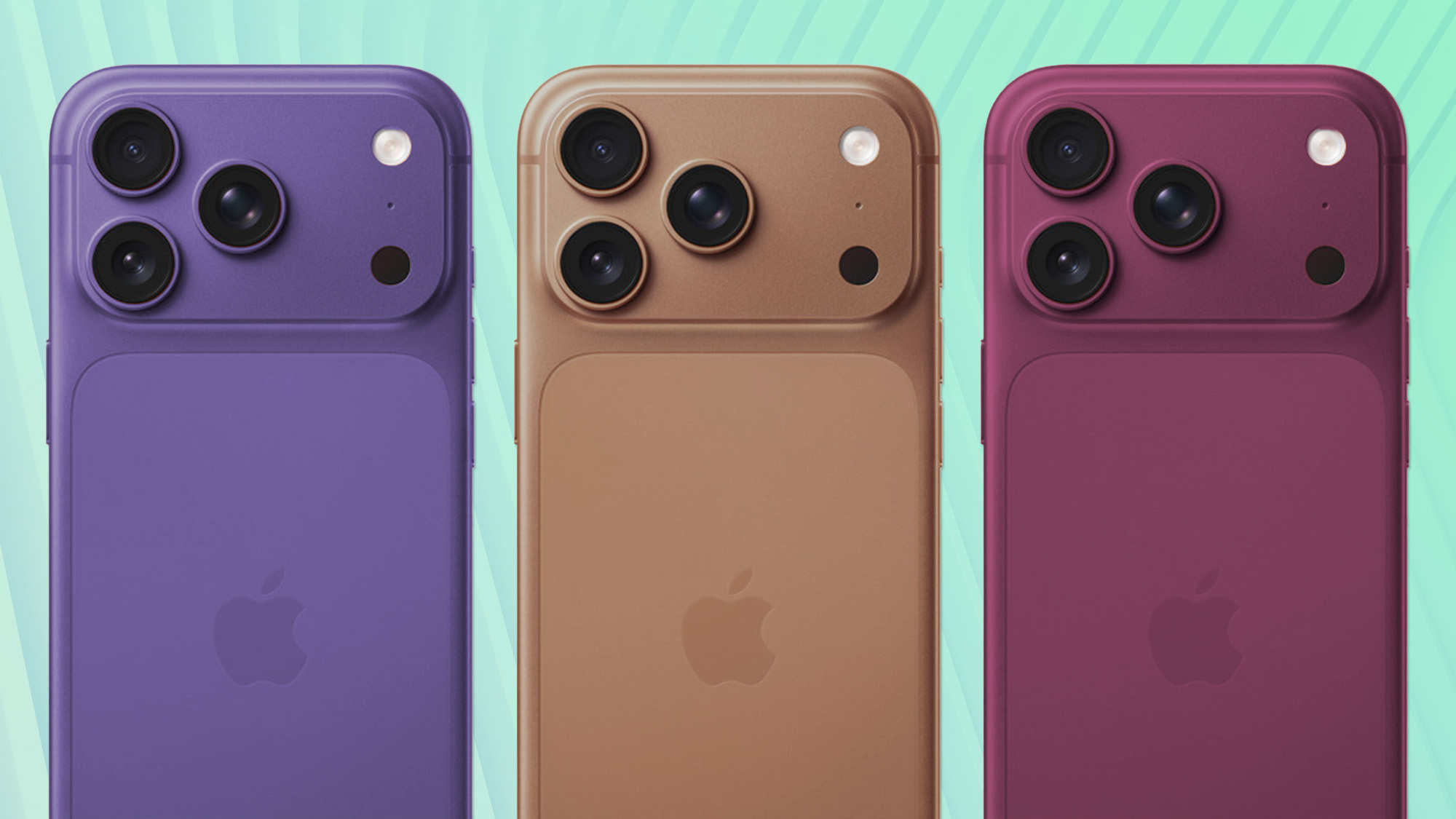iPhone 12 chargers tested: 5W vs MagSafe vs 20W
Spoiler: 5-watt charging is really, really slow

If you've bought an iPhone 12 or iPhone 12 Pro already, or are perhaps considering picking one up down the line, you'll likely want to invest in a better charging solution than that old 5-watt adapter you might have lying around from Apple-branded handsets of the past.
We've tested the iPhone 12's charging speed on that iconic brick, as well as Apple's new 20W USB-C and MagSafe chargers, and the results are eye opening.
- The best iPhone you can buy
- iPhone 12 vs. iPhone 12 Pro: Which one is for you?
- Plus: iPhone 12 owners can't get 5G on this carrier
iPhone 12 charging options explained
First, a bit of an explainer. No iPhone 12 model comes with chargers of any sort, though you do get a USB-C-to-Lightning cable in the box for your troubles. Interestingly, this cable can't be used with the cube-shaped USB-A charging adapters of old; you'll need Apple's new USB-C brick to make use of the cable and, thus, faster speeds.
That new charger costs $19, and is rated at 20 watts. But there's yet another charging option for the iPhone 12 — Apple's MagSafe wireless charger, which takes the form of a puck that magnetically attaches to the back of the phone and sends 15 watts of juice. The MagSafe charger costs $39, but you'll still need to buy a 20W brick to use it. In the end, the whole wireless setup will end up costing you just shy of $60.
iPhone 12 charging speeds: 20W vs. MagSafe vs. 5W
So, how do they all perform? Let's start with the 20W option, as that's what Apple recommends if you're after the optimal high-speed charging experience for your new iPhone. It also replaces the 18W brick that came with last year's iPhone 11 Pro models, that used to cost $29 separately — making it a slight improvement in power delivery, for less money.
Apple quotes roughly a 50% charge after a 30 minutes when using this USB-C adapter. In our experience, that seems a bit conservative. We actually saw 57% in that span of time on our iPhone 12, which isn't too shabby at all. Sure, it's not the 93% of the OnePlus 8T and its 65W Warp Charge system, but it's likely speedy enough for most folks.
We suppose if you connect the 20W charger to an iPhone 12 mini, you'll see an even faster result than this, as that 5.4-inch variant is all but certain to pack a smaller battery — while the iPhone 12 Pro Max may land closer to Cupertino's official 50% estimate.
Get instant access to breaking news, the hottest reviews, great deals and helpful tips.

The next fastest option, as you might expect, is the MagSafe system. Using the wireless charger, we saw 32% from empty after a half hour. That's hardly quick in the grand scheme of things, though it isn't too bad for wireless charging. Wireless systems typically involve lower wattages and are less efficient in general, because they lose more potential energy as heat.
In the end, whether you opt for the 20W USB-C or MagSafe setup, you're either going to see a noticeable increase in charging speed or convenience over the classic 5W brick. We dug up one such adapter and a USB-A-to-Lightning cable, and timed the result. Pitifully, after 30 minutes, our iPhone 12 was sitting at merely 21%.
Of course, that isn't great, but it is what most people likely have lying around. Once you factor in charging, the iPhone 12 mini and iPhone 12 in particular aren't quite as attractively priced as they may initially seem. You'll spend anywhere from $20 to $60 to get a faster charging experience for your new iPhone, on top of the cost of the device itself — whereas most Android flagships come with everything required for fast charging right in the box.
Personally, if it were my money, I'd just swing for the 20W adapter for $19, and just be done with it. MagSafe is neat, but it's not revolutionary or all that easier to use in practice than a good old-fashioned Lightning cable. To me, MagSafe's value is less in charging and more in what it could add to accessories like cases, mounts, camera lenses and the like. Besides, the fact that Apple still at least includes a USB-C cable in box arguably gets you almost halfway to a fast-charging solution for your new iPhone, which I suppose is a glass-half-full way to look at things.
Adam Ismail is a staff writer at Jalopnik and previously worked on Tom's Guide covering smartphones, car tech and gaming. His love for all things mobile began with the original Motorola Droid; since then he’s owned a variety of Android and iOS-powered handsets, refusing to stay loyal to one platform. His work has also appeared on Digital Trends and GTPlanet. When he’s not fiddling with the latest devices, he’s at an indie pop show, recording a podcast or playing Sega Dreamcast.
